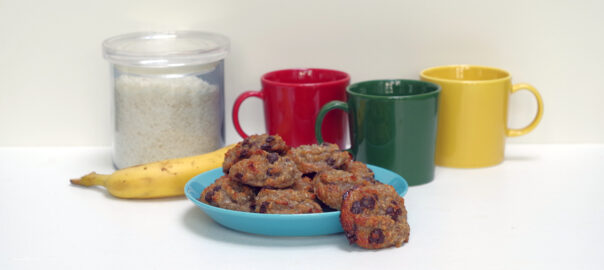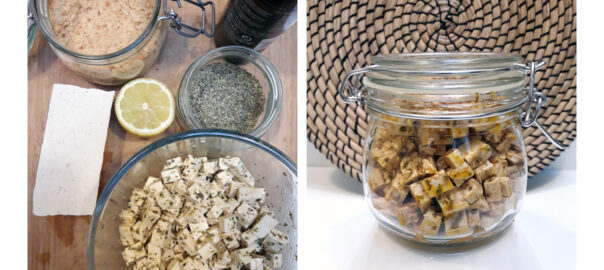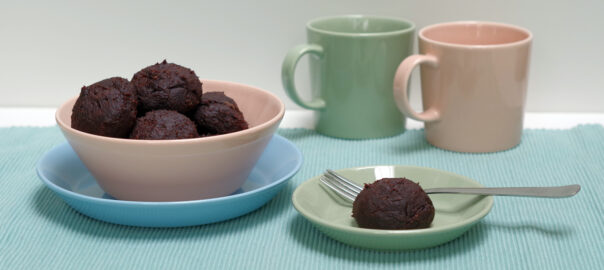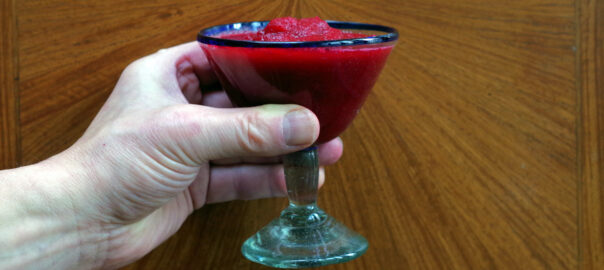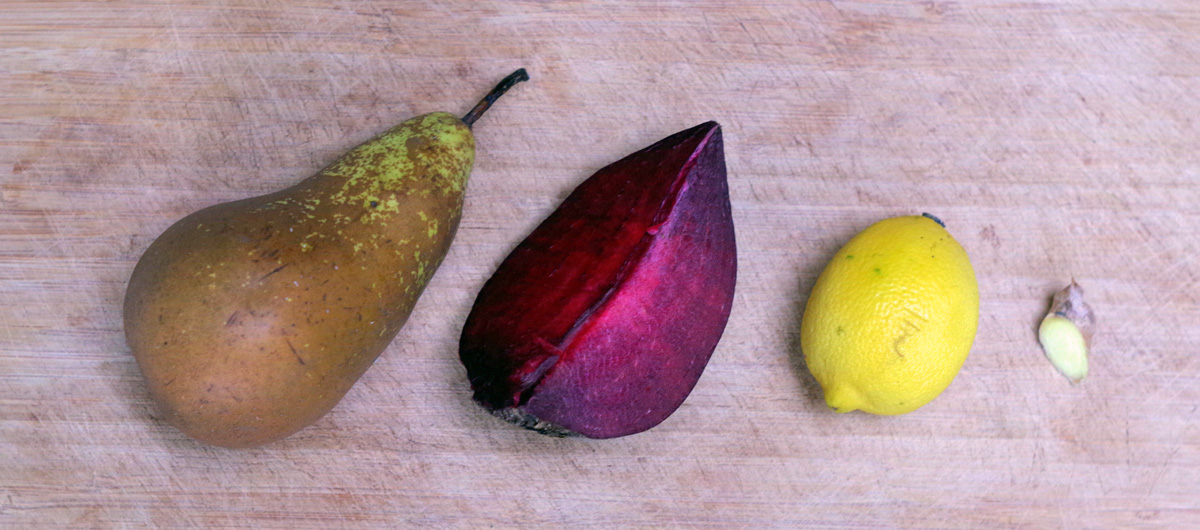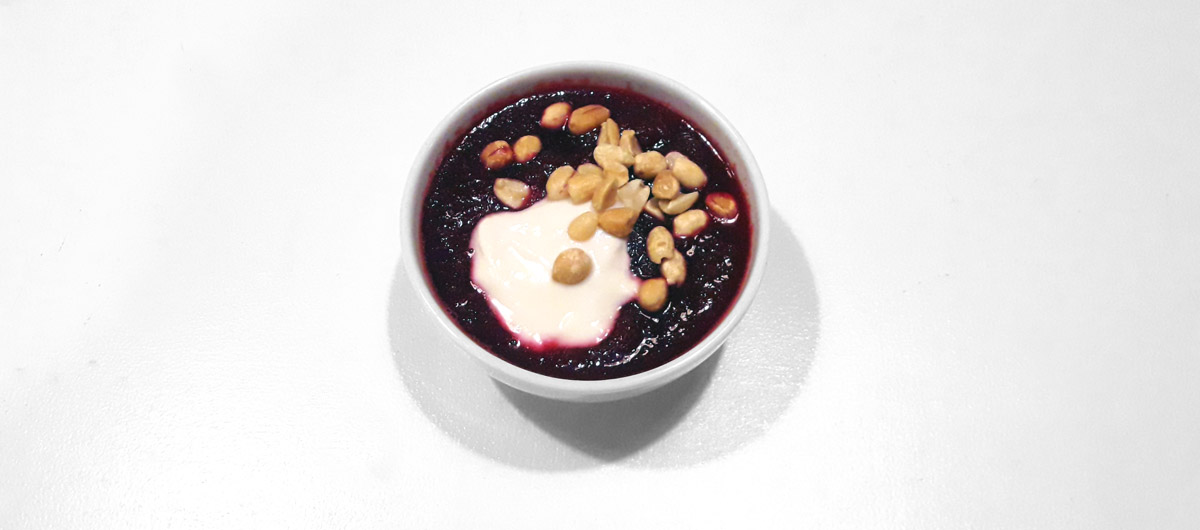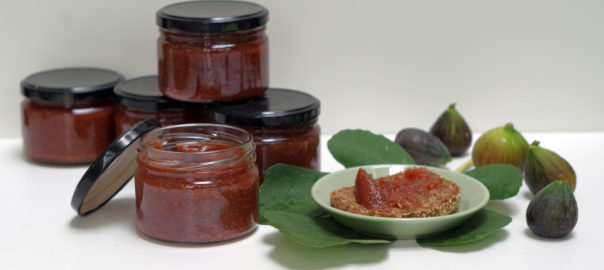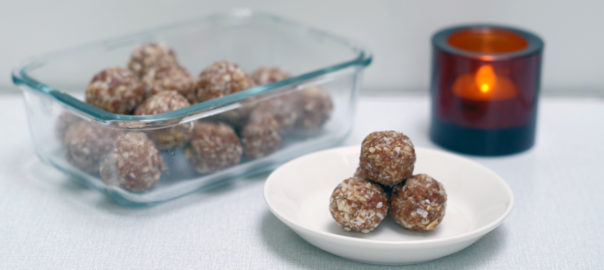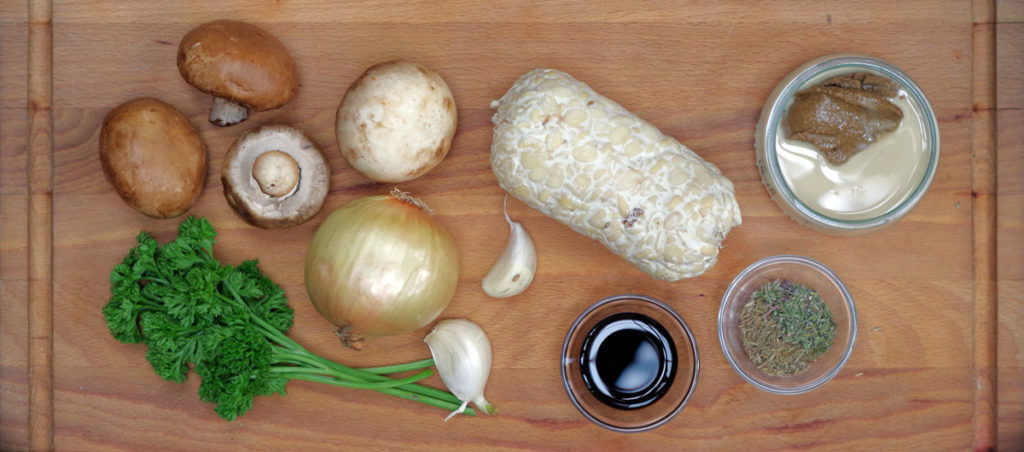Yoga Kitchen – Simple, healthy, and plant-based
Sophisticated natural sweet
Cinnamon rolls are almost a cliché in the food world. Every fresh bakery or croissant stall has them. They are very easy to prepare purely plant-based. You can find the plant-based versions virtually nowhere on sale. Only at bakeries that already have a pure vegan offering, and there are very few of them. That’s how unwieldy, slow and conservative the food industry is, with its close ties to livestock farming.
We are happy to go ahead and make our own then!
The version below is very basic, gluten-free and consists of just 4 ingredients.
You can also prepare them in a raw version if you have a dehydrator.
What ingredients do you need?
For eight rolls:
- Four bananas, ripe but not overripe
- 40 grams of raisins
- 150 grams of pitted soft dates such as mazafati or medjoul dates
- 3 teaspoons of cinnamon
- 6 tablespoons of water
150 grams of pitted dates, roughly equivalent to 13 to 14 pieces
This is how to prepare them
- Mix the dates with the water and cinnamon and grind in food processor or blender to a spreadable date paste
- Preheat your oven to 130 to 140°C
- Cut the bananas lengthwise into 4 slices
- Place them on a sheet of baking paper on a baking tray
- Bake them for about 15 to 20 min at 130 to 140°C until they have dried out a little
- Spread the date paste on all the banana slices
- Distribute the sultanas evenly, one at a time, over the banana slices
- Roll one banana slice into a cylinder
- Place that roll on a second banana slice and roll into a wider cylinder
- Place that thicker roll flat on the baking tray
- Repeat for the remaining slices
- Bake the rolled bananas for another 15-20 minutes at the same temperature
Important tips for slicing the bananas:
The first time when I tried this recipe, I struggled not to break the bananas into pieces. Hence:
- Use a very sharp knife
- Lay the bananas flat, i.e. on their sides and cut along in the direction of their natural curve
Tip for making the date paste
In the original recipe, the author indicated to grind the date mixture with a blender. But unless you want to make double the number of cinnamon rolls, I recommend using a food processor with an S-shaped blade. It is very common in recipes to be asked to use a blender, when the amount of ingredients is just way too small not to make a mess, with everything splashing around and you having to scrape the sides of the blender every so often.
Serve the banana rolls the same day, as they don’t keep so well in the fridge.
The result is a beautiful symphony of different tones of sweet with the aroma of cinnamon woven through it.
Enjoy!
Healthy sweet
Be moderate with sweet. In our Western food culture, all attention goes to just two of the five tastes: salty and especially sweet.
Preferably use wholesome sweeteners such as fruit, dried fruit, and only then cereal syrups and sweeteners such as agave or maple syrup and concentrated fruit juices such as apple juice. Coconut blossom sugar is also fine.
If you do opt for cane sugar, take the unrefined version. White, refined sugars like granulated sugar (from beetroot) or white icing sugar are really not done for your health.
In most recipes found in cookbooks, the amount of sugar is usually excessive. From my own experience, you can easily reduce the amount of sweet by half for the same eating pleasure.
Read more about plant-based nutrition and health:
Read more articles about nutrition, health and plant-based foods:
Learn more about plant-based food
Read more about yoga and yoga classes in Schaerbeek:
Check out our yoga classes here:



